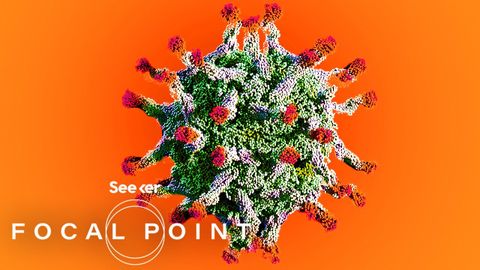
字幕と単語
人工ウイルスは新しい生物学的兵器であり、ここに知っておくべきことがある (Engineered Viruses Are the New Biological Weapons, Here's What You Need to Know)
00
林宜悉 が 2021 年 01 月 14 日 に投稿保存
動画の中の単語
potential
US /pəˈtɛnʃəl/
・
UK /pəˈtenʃl/
- adj.可能性がある;潜在的な
- n. (u.)可能性
- n. (c./u.)可能性;潜在能力;候補者;ポテンシャル
A2 初級TOEIC
もっと見る エネルギーを使用
すべての単語を解除
発音・解説・フィルター機能を解除
